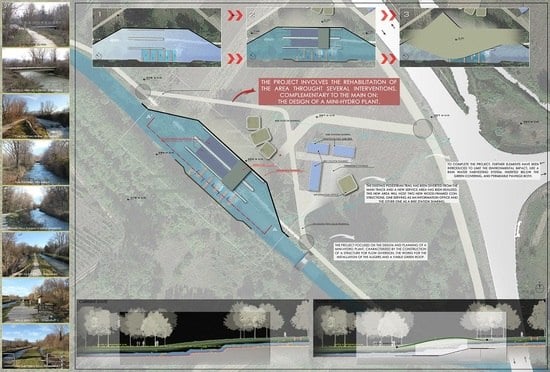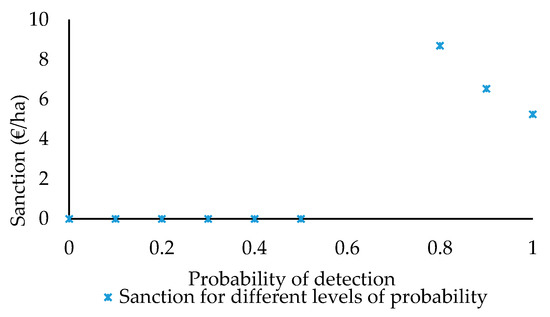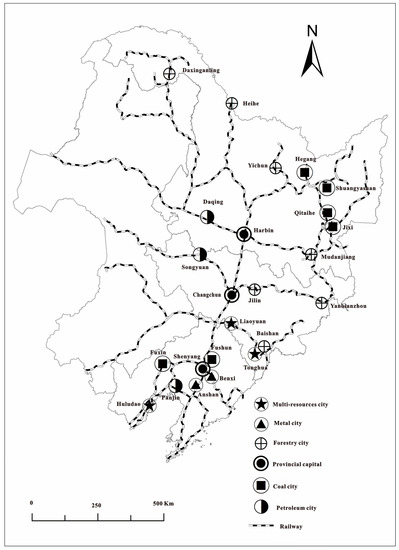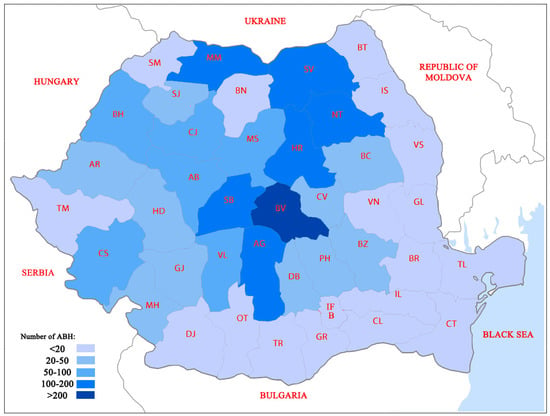Sustainability 2017, 9(12), 2214; https://doi.org/10.3390/su9122214 - 30 Nov 2017
Cited by 148 | Viewed by 28953
Abstract
Bitcoin is a digital currency based on a peer-to-peer payment system managed by an open source software and characterized by lower transaction costs, greater security and scalability than fiat money and no need of a central bank. Despite criticisms about illegal uses and
[...] Read more.
Bitcoin is a digital currency based on a peer-to-peer payment system managed by an open source software and characterized by lower transaction costs, greater security and scalability than fiat money and no need of a central bank. Despite criticisms about illegal uses and social consequences, it is attracting the interest of the scientific community. The purpose of this work is to define and evaluate the current trends of the literature concerned with the sustainability of bitcoin, considering the environmental impacts, social issues and economic aspects. From the analysis it emerges that the transition of the whole monetary system in the new cryptocurrency will result in an unacceptable amount of energy consumed to mine new bitcoins and to maintain the entire virtual monetary system, and probably bitcoin will remain a niche currency. Blockchain, which is the base for a distributed and democratically-sustained public ledger of the transactions, could foster new and challenging opportunities. Sharing the framework of medical data, energy generation and distribution in micro-grids at the citizen level, block-stack and new state-driven cryptocurrencies, may benefit from the wide spread of blockchain-based transactions. Under the perspective of its being a driver of social change, bitcoins and related blockchain technologies may overcome the issues highlighted by numerous detractors.
Full article
(This article belongs to the Section Energy Sustainability)
►
Show Figures














